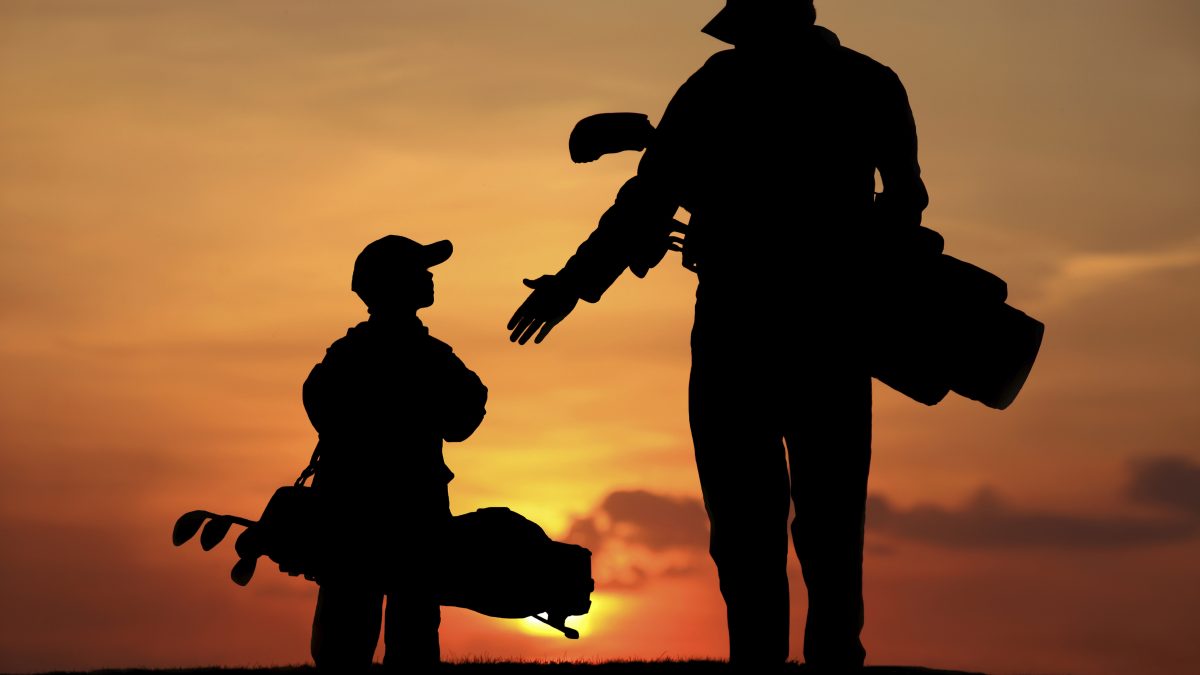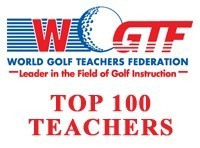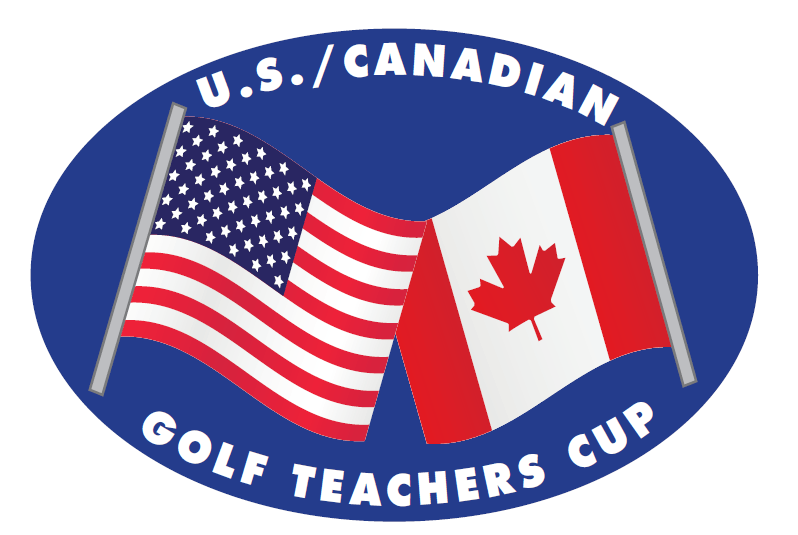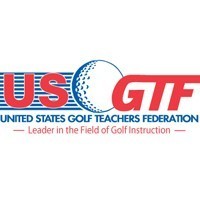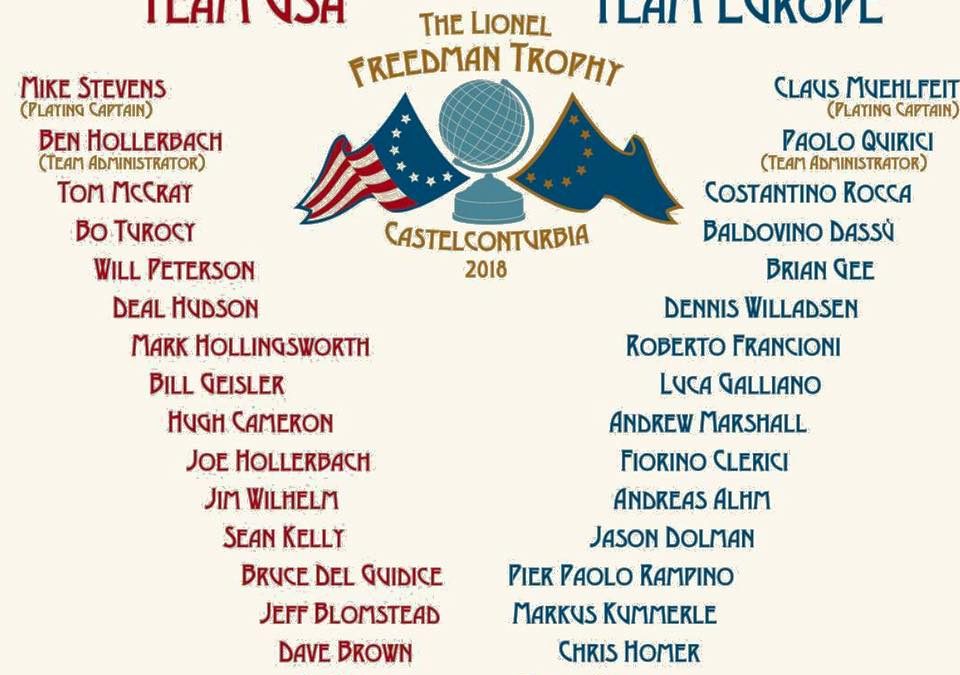Regional Events
Earlier in April, the Masters golf tournament was contested. For many people in the United States, it symbolizes the official start of the golf season. In the colder parts of the nation – especially those of us in the Midwest or further north – the season is beginning to kick off. With the excitement of a new golf season building, it is time to start planning your calendar for events.
First and foremost, you should plan an October trip to the United States Golf Teachers Cup, which will combine with the Canadian Golf Teachers Cup in Niagara Falls, Ontario. Other golfers might also plan on trying to qualify for the U.S. Open, Senior U.S. Open, Monday qualifiers for Web.com events or other tournaments. One opportunity often overlooked is playing in the USGTF regional events.
Regional events are great for a number of reasons. It’s an opportunity to work on your tournament game. Meeting fellow USGTF members who are somewhat local to your area is a great networking avenue. One of my favorite things about these events is the “teaching talk.” There is a lot of knowledge sharing amongst members, and it’s a great way to learn through experiences both on the course and during the social events.
If you haven’t played in a regional event, challenge yourself to play in one this year. Take advantage of the networking opportunities and meet new people. It is also a great motivator to work on your game. For more information about regional events, go to www.usgtfmembers.com or call the home office at 1-888-346-3290. I hope to see you at a regional event soon!



